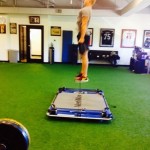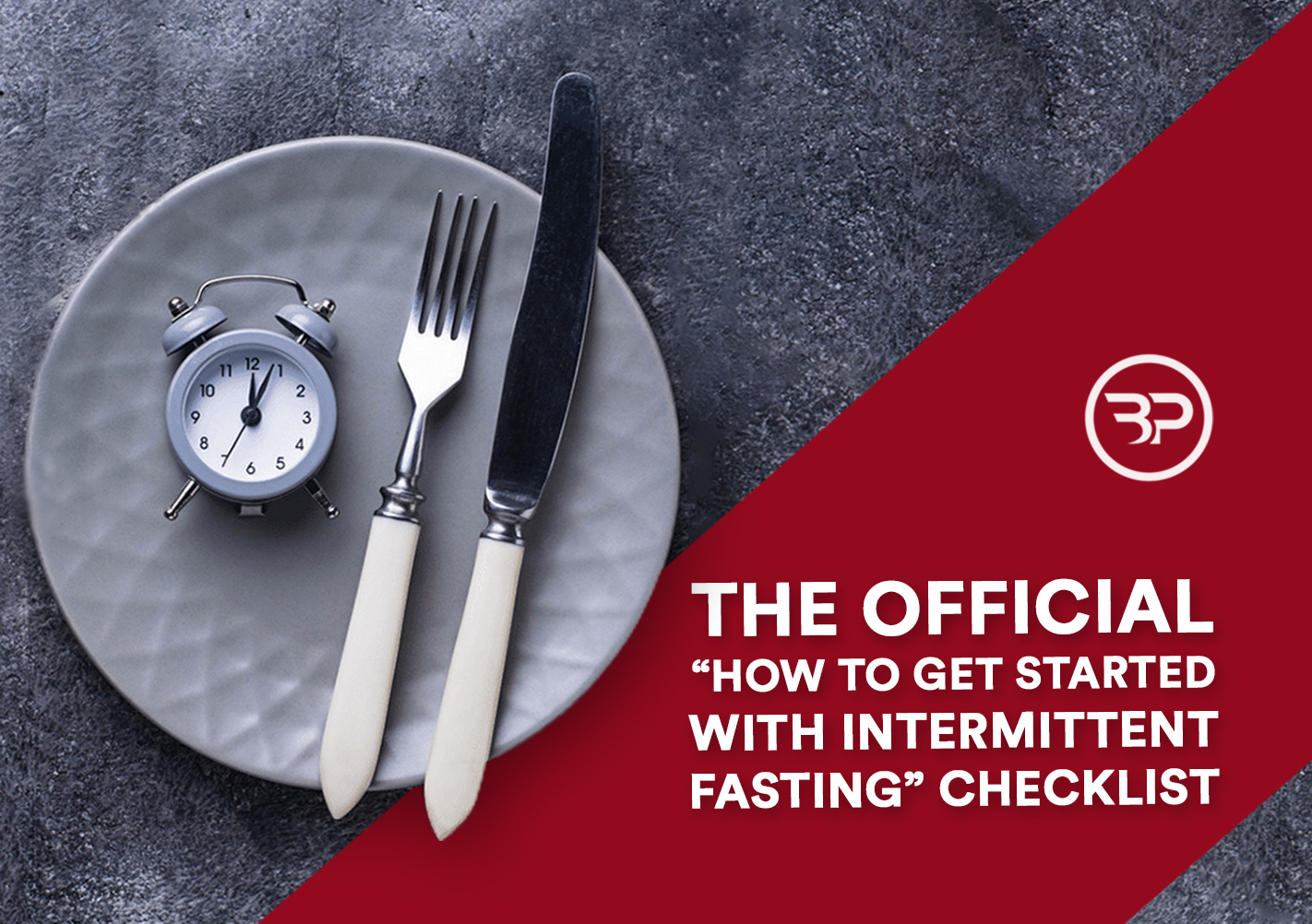Complex Pair Training: PAP Explained
July 22, 2014
I’m officially half of a Complex Pair– married, tan, and still awful at Spanish…which didn’t work out well with the taxi drivers in Mexico. All in all I was in Mexico and Minneapolis for the better part of two weeks getting married and honeymooning. Everything was great as I used the time to enjoy time with my wife, refresh my mind, and rest my body with cheese-cake, push-ups, and cervezas.
Note: (As a result, I felt like a ball of fail and was kindly greeted by double leg cramps during squats today.)
Fitness is an industry…
filled with trends and troughs. Some fancy-pants method pops into the limelight and becomes THE magical way to rapid results and then magically disappears overnight. Only the time-tried and best methods last long-term.
Case in point, Complex pair training.
Also known as Post Activation Potentiation (P.A.P.), complex pair training is an advanced method that utilizes a light, explosive movement (i.e. speed: Jumping) paired with a heavy movement ( heavy squat, >80% 1-RM) to increase nervous system activation, strength, and total power.
Sounds pretty badass, right? It is, but it’s also very advanced; requiring planning and some beastmode skills to maximize it.
Today I’m sharing my own spectacular iteration on complex pair training on Elitefts. For advanced athletes complex training provides a great recipe to shatter plateaus in athletic, strength, and muscular development. Plus, there’s a bomb-diggity complex pair workout program included.
Complex Pair Training: What you need to know:
- Post-Activation Potentiation is the driving force behind the benefits of complex pair training.
- Complex-pair training can improve power and rate of force development (RFD).
- Complex training works best in trained, advanced level athletes. Unless you can move a decent amount of weight, this isn’t for you. If this is you, then stop watching Miley Cyrus twerkin’ it, go pick up heavy stuff, and raid the fridge.
- Adding five pounds to the bar each workout might work when you’re a rookie, but not once you’ve advanced as a trainee.
Long-term gains aren’t achieved solely by linear workouts. Soon, your linear periodization and small to medium T-shirts no longer get the job done.
You’ve hit the dreaded plateau…
Luckily, there are numerous strategies to bust through your current levels of strength, power, and muscular development. The time has come to add strategically designed training to stimulate new gains.
Enter complex-pair training—an advanced training strategy to add spring to your static training, produce new slabs of muscle, and develop a powerful physique.
This advanced strategy combines a high-intensity strength training exercise followed by an explosive exercise that mimics the biomechanics of the strength training exercise, such as a deadlift and a broad jump. The driving force behind complex training is a phenomenon known as post-activation potentiation.








